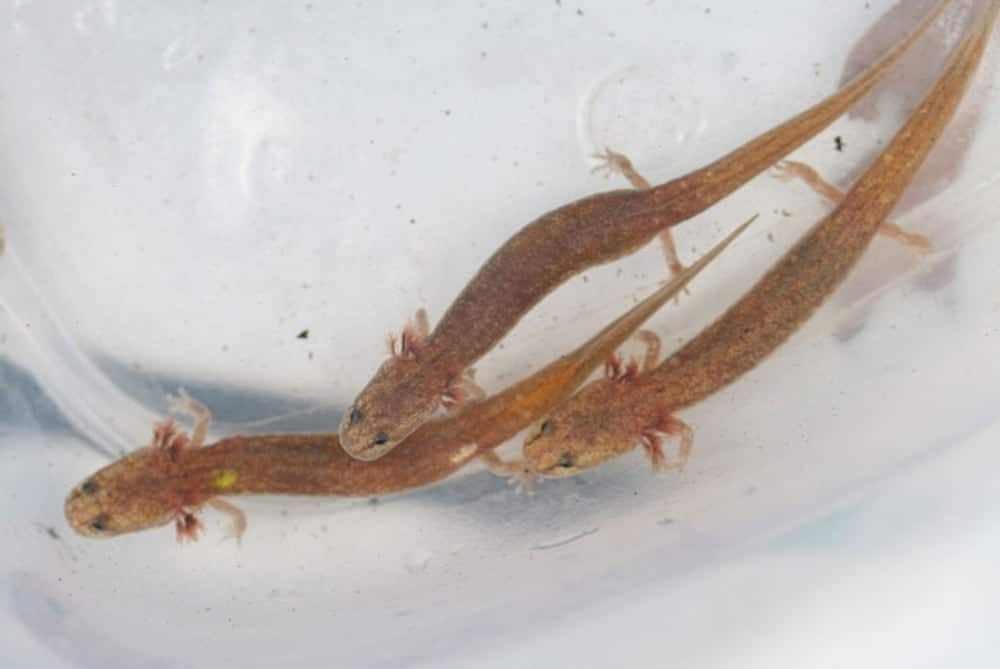The U.S. Fish and Wildlife Service is proposing more than 1,500 acres of land in the state of Texas be set aside as critical habitat for the Georgetow
The U.S. Fish and Wildlife Service is proposing more than 1,500 acres of land in the state of Texas be set aside as critical habitat for the Georgetown (Eurycea naufragia) and Salado Springs (Eurycea chisholmensis) salamanders, two amphibians that were granted Endangered Species Act protections in 2014.
These amphibians have suffered due to habitat loss and degradation due to urban sprawl. They rely on very clean and well-oxygenated water to survive.
The USFWS submitted its proposal after the Center for Biological Diversity filed a lawsuit against the service in 2019 for failing to protect the salamanders, in spite of the 2014 ESA protections the USFWS awarded the amphibians.
According to the Center, the USFWS proposal increases the critical habitat by 116 acres over an older proposal. This is due to discovery of new habitat occupied by the amphibians, and refined mapping of the locations of the springs in which the salamanders live.
Two Central Texas Salamanders Need Federal Protection, Lawsuit Says
Two Texas Salamanders Get ESA Protection
“Protecting the springs these rare and mysterious salamanders call home is the best hope for saving them from extinction,” Elise Bennett, a Center attorney said in a statement released to the media. “They’ve already endured decades of pollution and destruction, so it’s critical that Fish and Wildlife Service act swiftly to finalize these critical habitat protections.”
The agency determined that several areas that were targeted for the Georgetown salamander are home to the Salado salamander. As such, the USFWS proposes that 732 acres be protected for the Georgetown salamander and 787 acres be set aside for the Salado salamander.
Georgetown And Salado Springs Salamander Information
The Salado Springs salamander resides in springs in the town of Salado in Central Texas. It is just two inches in length and has reduced eyes when compared to other spring dwelling salamanders. It can be found in springs in the town and has been observed just a handful of times over the course of the last several decades. Due to rapid growth in the region, the salamander is vulnerable to groundwater contamination and hazardous materials spills.
The Georgetown salamander can be found in springs along five tributaries along the San Gabriel River and in three caves in Williamson County, Texas. The amphibian has a broad and short head with three pairs of bright red gills on each side behind its jaws. Its eyes are large with gold irises. It is threatened by water pollution and restricted water flows.



